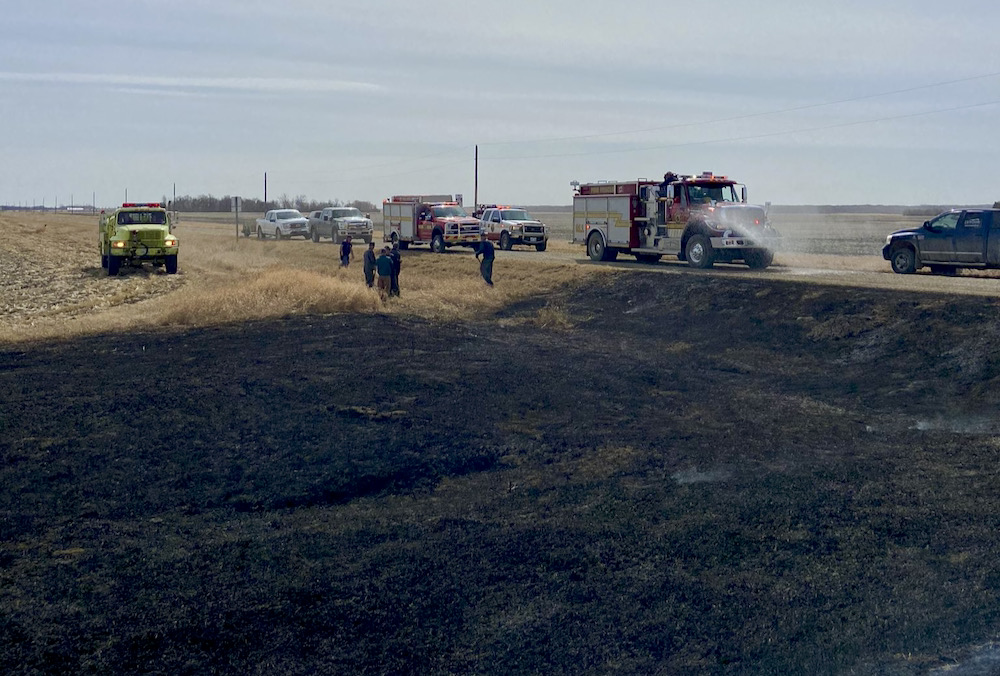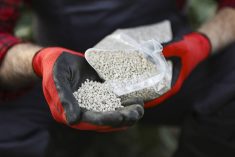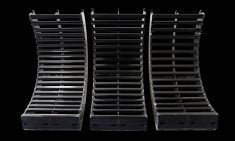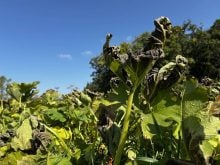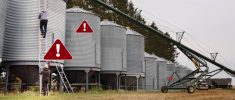A rural fire department is urging farmers to be extra cautious this year after haying equipment caused two fires in its area.
“We encourage farmers to carry either a jug of water or an extinguisher with them so at least they can slow it down until we get there,” said Dennis Gullet, fire chief in the RM of Oakland-Wawanesa.
Why it matters: With harvest starting under bone-dry conditions, fire safety and prevention are on the priority list for both farmers and local fire departments.
Read Also
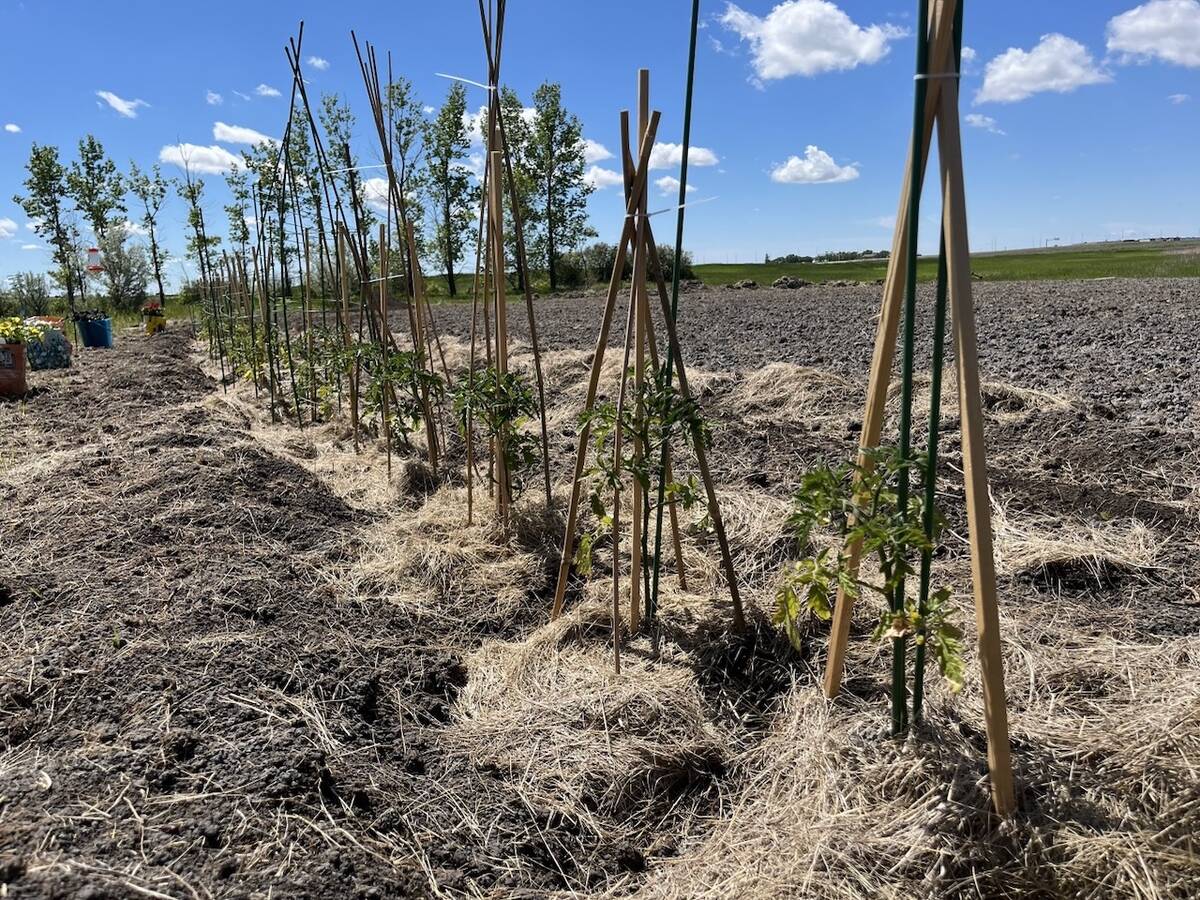
Seeding Indigenous agricultural prosperity
National Circle for Indigenous Agriculture and Food says Indigenous agricultural success needs strong relationships.
On July 30, the fire department took to Twitter, warning that, in two days, two fires had started while farmers were haying. Gullet later told the Co-operator that it appeared, in both cases, the discbine had struck a rock and the spark ignited the grass.
“Even the green grass burned… It’s all flammable now,” he said.
The damage was limited to burnt grass and a damaged electrical line to a pump and well system, he said, adding, “We were lucky this time.”
Gullet asked farmers to call 911 at the first sign of trouble, even if the fire is small. The fire department can at least wet down the area to prevent any underlying dead grass from smouldering, he said.
With drought gripping the province, fire departments aren’t the only ones concerned.
Landon Friesen, who farms near Crystal City, isn’t taking any chances. He said they’re taking a disc to every field the combine is at and breaking a perimeter around the field’s edge.
That way, if the ditch or someone else’s field ignites, it won’t spread to theirs. Likewise, a fire on their field won’t spread to their neighbour’s.
“We’re trying to protect every bushel we can get off,” he said.
“I can be proactive, I guess and help (the volunteer firefighters) stay at home,” Friesen added. “It’s not easy here. Everyone’s frustrated with the crops and I think I was just feeling for those guys who have to run out in the middle of the night to fight fires and go combine their own crops during the day.”

Friesen said they have a 750-gallon water tank on their service truck standing by and a spray trailer full of water on the home yard. They also do regular maintenance to the combines and headers to ensure no bearings are going.
Near Wawanesa, Jeff Elder said he’s also keeping a water truck close at hand.
“I’m also asking everyone to stay out of the fields with their light trucks and cars. Things are so very dry. We aren’t taking any chances,” he said.
The Canadian Agricultural Safety Association recommends keeping an eye out for built-up crop residue around engines, exhaust systems, belts and chains as well as damage or worn parts on the exhaust system, drive belts, wiring and moving parts or signs of leaking fuel or fluids. Producers should also be alert to the odour of burning electrical wiring.
CASA also recommends allowing engines to cool before refuelling and not using cellphones or other electronic devices while refuelling.


